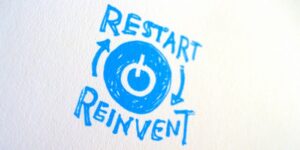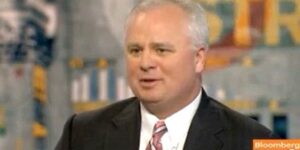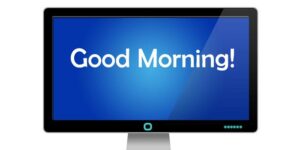
Optimism: A Workplace Necessity #TChat Recap
The balance of power is shifting in the employer/employee relationship. What does it mean for the future of work? The #TChat crowd weighs in

The balance of power is shifting in the employer/employee relationship. What does it mean for the future of work? The #TChat crowd weighs in

The balance of power is shifting in the employer/employee relationship. What does it mean for the future of work? The #TChat crowd weighs in

It’s one thing to say you want top talent — but it’s another thing to make it happen. Here’s a glimpse at one proven method

The balance of power is shifting in the employer/employee relationship. What does it mean for the future of work? The #TChat crowd weighs in

Today’s global marketplace is fiercely competitive. But smart companies recognize their primary business advantage comes from within

Successful leaders understand the power of human nature. What do they know about behavior that others can learn?

What methods make sense in evaluating potential hires? The #TChat crowd shares wisdom from experience

How do you know if a candidate is really ready to take on a job? Testing may be the fastest path to a reliable answer.

How can your company do a better job of making hiring choices in today’s competitive marketplace? Let’s talk at #TChat Events

How would you describe your ideal employer? Here’s one factor that many job seekers overlook — but it has potential to make all the difference.

After years of working closely with leaders in every kind of organization, Ted Coine opens up about a missing piece in the leadership toolkit.

How can employers win the hearts and minds of today’s workforce? The TalentCulture community takes a closer look — for better or worse.

As technology grows more integral to daily life, demand for tech-savvy talent is relentless. How can employers hire the best?

What really makes “great” employers special? And can how can companies make “great” magic last? #TChat lessons learned

Increasingly, corporate culture is considered essential to business success. But what is it, really — and why should we care?

Remote work is on a roll. But it takes more than home offices and an internet connection to succeed. What really matters? The TalentCulture community weighs in

Remote work isn’t a new concept — but its popularity is skyrocketing. What can employers do to ensure that virtual teams are truly successful?

How can leaders revitalize business cultures? Symbols may not seem essential, but let’s take a closer look

Telecommuting success isn’t a slam dunk — but the business benefits can be significant. What should employers consider?

Is your company overdue for a culture makeover? How can leaders diagnose their organization’s health and drive successful change?

2013 was all about growth at TalentCulture — so many ideas from so many voices! Which posts and people were most popular? Here’s a taste

One of the year’s best business books sparks insight into an often overlooked source of innovation

What’s ahead in talent management for 2014? Exciting times for social media and employer brand strategy!

Listening — it can be a powerful tool for business leaders. But developing the habit of mindful listening requires practice. Here are tips to help.

Looking to strengthen your pool of qualified talent? Try these tips to cast a broader net